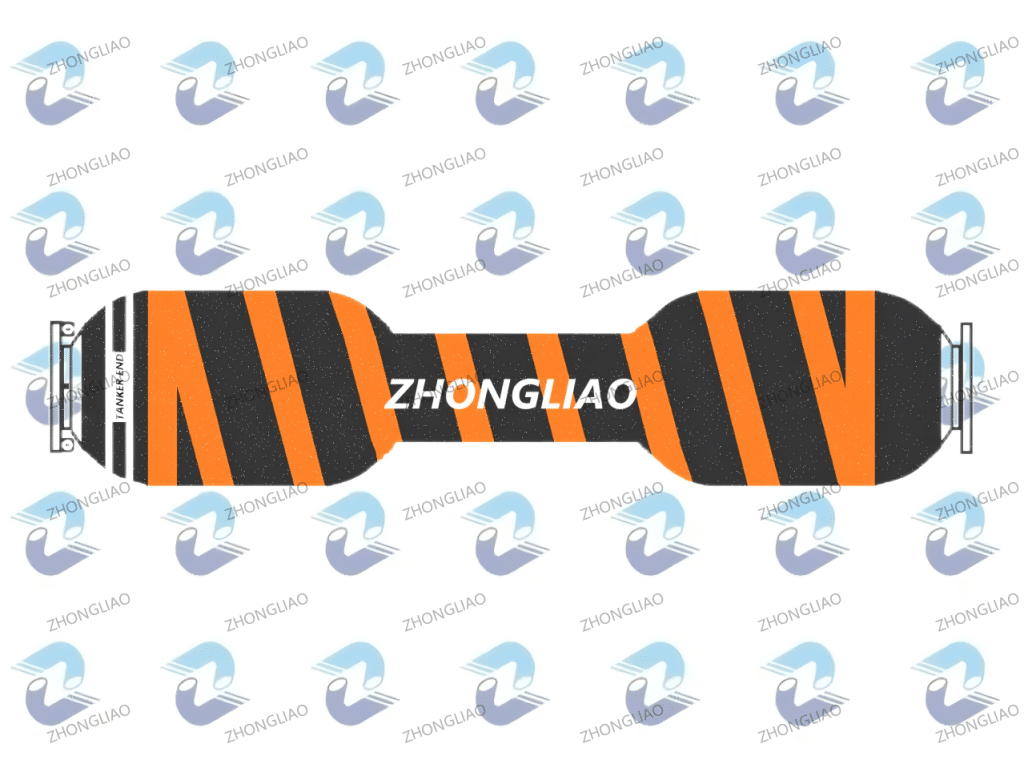Marine Floating Oil Hose: Reliable Offshore Solution
Global energy demand keeps rising. Offshore oil and gas exploration now plays a vital role in energy supply. Here, marine floating oil hose are essential. They ensure safe and efficient transfers between platforms, buoys, and tankers.
What Is a Marine Floating Oil Hose?
A marine floating oil hose is a specialized tool for offshore liquid transfer. It handles crude oil, refined petroleum, and other fluids. Unlike rigid pipelines, floating hoses offer flexibility and durability. They can withstand harsh marine conditions, including strong winds, waves, and tides.
These hoses stand out for several reasons:
- Exceptional Buoyancy: Lightweight materials keep the hose afloat. This design prevents sinking and ensures smooth operation.
- High Durability: Multiple layers of material protect the hose. The outer layer resists corrosion and abrasion. Reinforcements in the middle layer add strength. Inside, chemical-resistant material handles harsh fluids.
- Flexibility: These hoses bend with wave movements. This reduces stress on connection points.
- Modular Design: Most hoses consist of segments like first-off buoy hoses, mainline hoses, and tail hoses. Each segment serves a specific purpose.
Where Are These Hoses Used?
Marine floating oil hose have various uses, including:
- Single Point Mooring Systems (SPM)
In SPM systems, floating hoses connect buoys to tankers. They transfer oil stored offshore to ships. These hoses need to handle high tension and pressure. - Ship-to-Shore Transfers
During loading and unloading, hoses connect tankers and ports. Their flexibility makes them reliable for moving oil products safely. - Offshore Exploration
Floating hoses support deepwater oil operations. They efficiently transfer liquids between facilities.
Key Features for Safety
These hose are designed to meet strict international standards, such as OCIMF. Engineers focus on ensuring reliability and safety. Key features include:
- Multi-Layer Construction: Each layer has a purpose. The outer layer protects, the middle reinforces, and the inner resists chemicals.
- Rigorous Testing: Hoses undergo pressure, tension, and fatigue tests. This ensures they work well under extreme conditions.
- Leak Prevention: Reliable seals stop leaks. Any failure could harm the environment and cause economic loss.
What’s Next for Floating Oil Hoses?
The demand for better hoses continues to grow. With more offshore projects, innovation is key. Future developments may include:
- Smart Monitoring
Built-in sensors could track pressure and wear in real-time. - Eco-Friendly Materials
Sustainable materials can reduce environmental impact. - Deepwater Adaptability
New designs will handle deeper waters and harsher conditions.
Conclusion
Marine floating oil hoses are vital for offshore energy transfer. Their quality affects both safety and efficiency. As technology advances, these hoses will keep evolving to meet new challenges. Choosing the right hose is crucial for successful projects.




